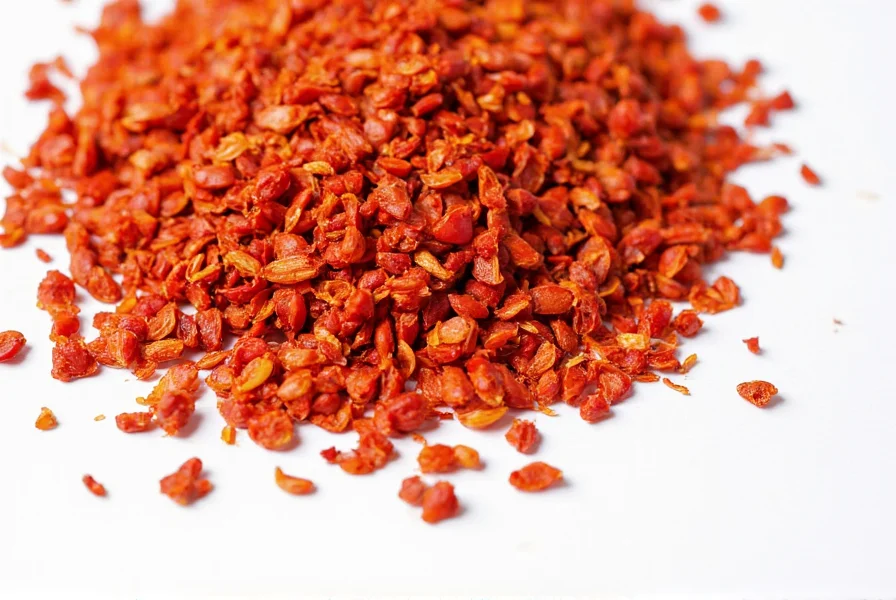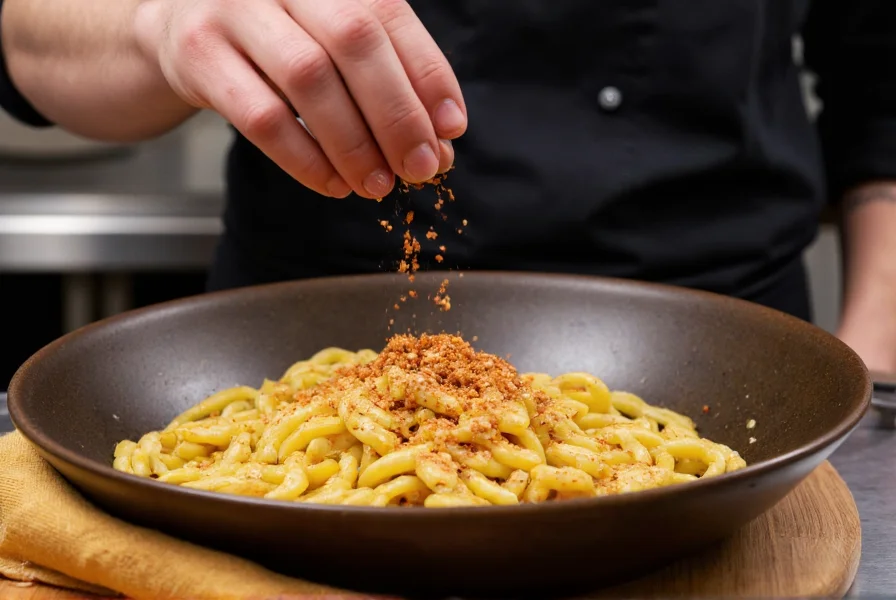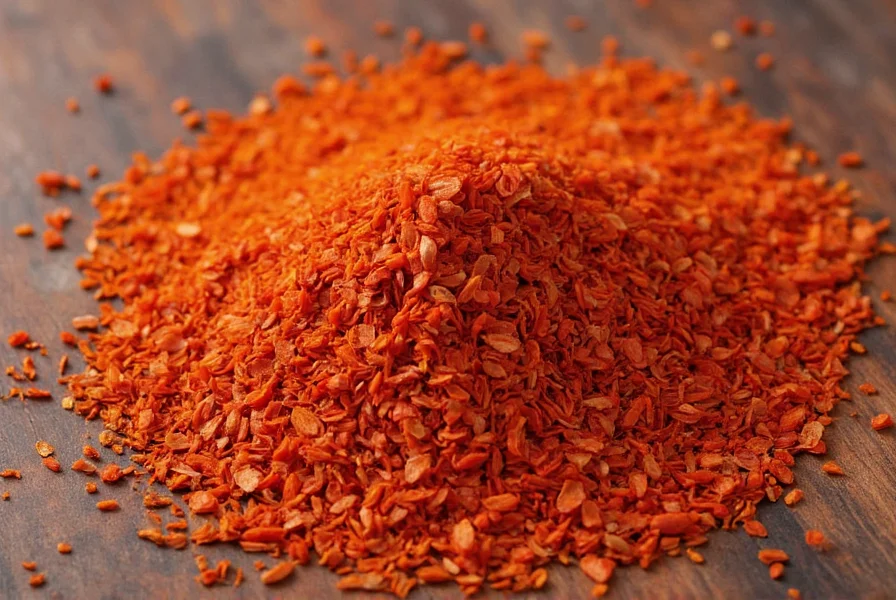Understanding what chili flakes are goes beyond simply recognizing them as a spicy ingredient. These versatile seasoning elements have become staples in kitchens worldwide, offering cooks precise control over heat levels while contributing complex flavor dimensions to recipes.
The Composition of Chili Flakes
Chili flakes consist of dried chili peppers that have been broken into small, irregular pieces. Unlike powdered chili, which is finely ground, flakes retain visible texture and often include small bits of chili skin, seeds, and membrane. This composition affects both their heat level and how they interact with dishes during cooking.
The specific chili varieties used to make chili flakes vary by region and brand. In many commercial products, especially those labeled as "crushed red pepper," the primary ingredient is cayenne pepper. However, artisanal or regional varieties might incorporate:
- Arbol chilies (known for sharp, immediate heat)
- Guajillo chilies (offering mild heat with berry notes)
- Thai chilies (providing intense, lingering heat)
- Árbol chilies (delivering bright, sharp heat)
- Various regional chili blends

Chili Flakes vs. Similar Spicy Ingredients
Many home cooks confuse chili flakes with other spicy ingredients. Understanding these distinctions helps in selecting the right product for your culinary needs:
| Product | Texture | Heat Level | Flavor Profile | Common Uses |
|---|---|---|---|---|
| Chili Flakes | Irregular small pieces | Moderate to high | Balanced heat with subtle fruitiness | Pizza, pasta, marinades, finishing dishes |
| Crushed Red Pepper | Finer, more uniform | Moderate | Simple heat with less complexity | General seasoning, commercial applications |
| Chili Powder | Fine powder | Variable (often mild) | Often includes other spices like cumin | Tex-Mex dishes, rubs, spice blends |
| Chili Oil | Oil with suspended flakes | Variable | Infused oil flavor with chili notes | Drizzling, dipping, Asian cuisine |
Culinary Applications of Chili Flakes
Professional chefs and home cooks value chili flakes for their versatility. Unlike pre-mixed spicy sauces, chili flakes offer precise heat control and distinctive texture. Consider these culinary applications when working with this ingredient:
During cooking: Adding chili flakes early in the cooking process allows their flavor to mellow and integrate with other ingredients. The heat becomes more rounded, and the subtle fruit notes emerge. This technique works well for sauces, stews, and braises.
As finishing spice: Sprinkling chili flakes on finished dishes provides immediate heat and visual appeal. This method preserves their brighter, sharper characteristics and adds pleasant texture. It's perfect for pizza, pasta, roasted vegetables, and grilled meats.
In infused oils: Creating chili oil by steeping flakes in warm oil extracts their flavor and heat into a versatile condiment. The residual flakes can then be used as a spicy topping.

Storage and Shelf Life
Proper storage maintains the flavor and potency of chili flakes. Exposure to light, heat, and moisture degrades their quality over time. For optimal freshness:
- Store in an airtight container away from direct sunlight
- Keep in a cool, dark place (a pantry works well)
- Avoid storing near heat sources like stoves or ovens
- Consider refrigeration in humid climates to prevent moisture absorption
High-quality chili flakes typically maintain their best flavor for 6-12 months. Over time, they'll gradually lose potency and vibrant color. While they won't spoil, their culinary impact diminishes significantly after their peak freshness period.
Health Considerations and Nutritional Profile
Chili flakes contain capsaicin, the compound responsible for their heat, which has been studied for potential health benefits. A teaspoon of chili flakes (about 2 grams) typically contains:
- Negligible calories (approximately 5-7 per teaspoon)
- Vitamin A (from carotenoids in the peppers)
- Small amounts of vitamin C
- Trace minerals including potassium and magnesium
Research suggests capsaicin may support metabolism and provide anti-inflammatory effects, though these benefits require consumption as part of a balanced diet rather than in isolation. People with certain digestive conditions may need to moderate their intake of spicy foods.
Selecting Quality Chili Flakes
Not all chili flakes are created equal. When shopping for this ingredient, look for these quality indicators:
- Bright red color (dull or brownish flakes indicate age)
- Visible texture with varied particle sizes
- Pleasant, slightly smoky aroma without mustiness
- Minimal fine powder at the bottom of the container
- Clear ingredient list (should contain only chili peppers)
Higher quality products often specify the chili variety used, while lower quality versions may contain fillers or inconsistent pepper blends. Specialty stores and reputable online retailers typically offer better quality control than generic supermarket brands.
Frequently Asked Questions
What's the difference between chili flakes and crushed red pepper?
While often used interchangeably, chili flakes typically refer to coarsely broken pieces of dried chili peppers with visible texture, while crushed red pepper is usually more uniformly ground. True chili flakes often contain a single chili variety, whereas many commercial crushed red pepper products blend multiple chili types. The flavor profile of quality chili flakes tends to be more complex than standard crushed red pepper.
Can I make my own chili flakes at home?
Yes, making homemade chili flakes is straightforward. Start with fresh hot peppers (like cayenne, arbol, or Thai chilies), wash and dry them thoroughly, then air-dry or use a food dehydrator until completely brittle. Once dried, remove stems and break the peppers into small pieces by hand or pulse briefly in a food processor. Store in an airtight container away from light and heat. Homemade versions often have superior flavor compared to commercial products.
How spicy are chili flakes on the Scoville scale?
The heat level of chili flakes varies significantly based on the pepper variety used. Most commercial chili flakes made from cayenne peppers range from 30,000 to 50,000 Scoville Heat Units (SHU). Arbol-based flakes can reach 50,000-100,000 SHU, while milder varieties like guajillo might be around 2,500-5,000 SHU. The presence of seeds and membrane in the flakes increases their heat potential compared to seedless versions.
What can I use as a substitute for chili flakes?
If you don't have chili flakes, suitable substitutes include: crushed red pepper (use slightly less as it's often finer and more potent), chili powder (use about half the amount as it's more concentrated), fresh minced chili peppers (adjust quantity based on heat preference), or even a dash of hot sauce in liquid-based dishes. For texture similar to flakes, you can pulse dried whole chilies in a spice grinder for a few seconds rather than fully grinding them.
Why do some chili flakes have different colors?
Color variations in chili flakes result from different pepper varieties and drying methods. Bright red flakes typically come from fully matured cayenne or similar peppers dried at lower temperatures. Darker, more burgundy flakes might indicate arbol peppers or peppers dried at higher temperatures, which develops deeper, smokier flavors. Some specialty blends intentionally mix different colored chilies for visual appeal and complex flavor profiles.











 浙公网安备
33010002000092号
浙公网安备
33010002000092号 浙B2-20120091-4
浙B2-20120091-4